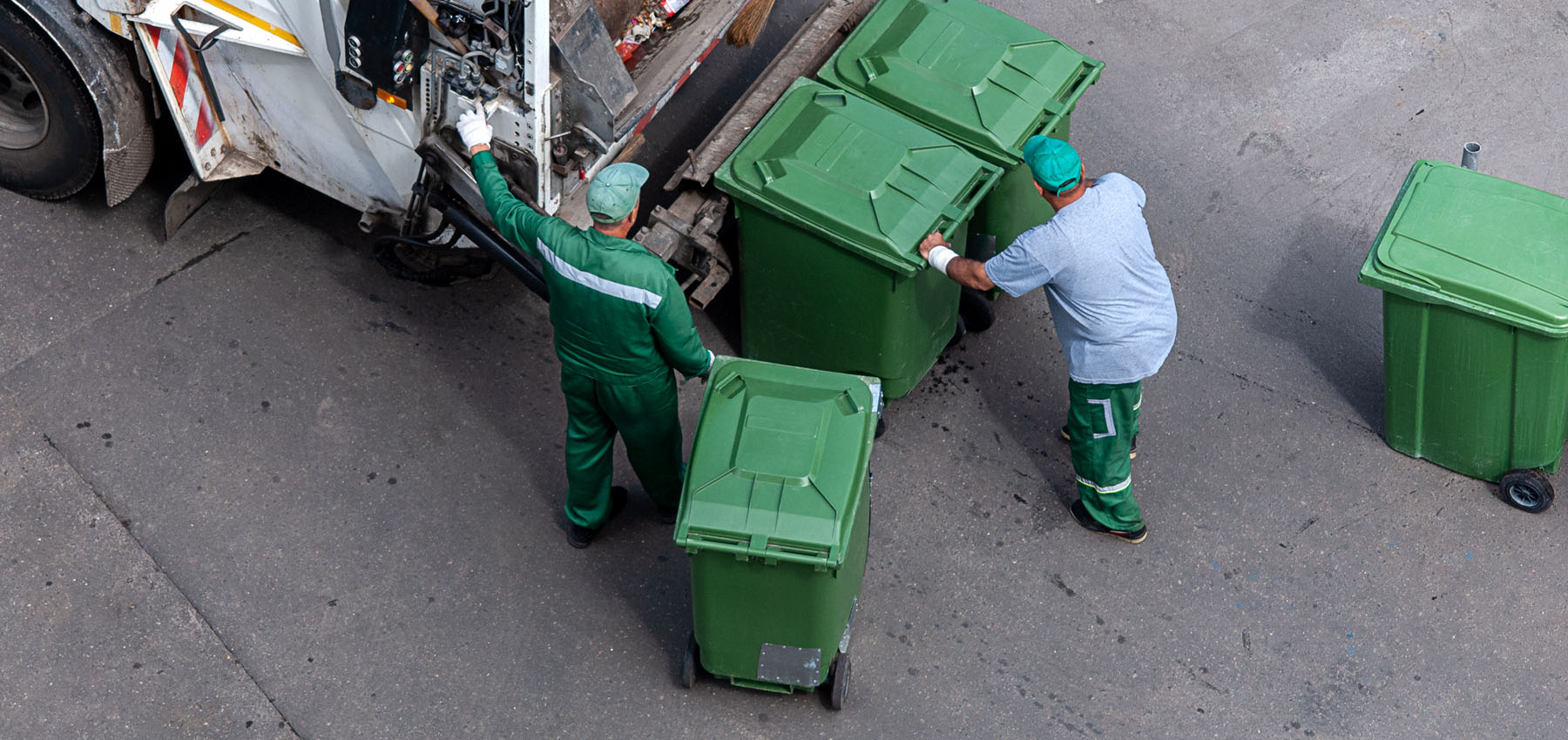As a newcomer to Canada, there are many things you’ll need to get used to in your new country. While it’s not the most interesting topic, learning how to legally dispose of household waste is sometimes very different from what you have been accustomed to in your native country. Canadian rules around recycling and garbage disposal can sometimes be complex and often vary between municipalities. Before you put your trash out, it’s important to learn what goes where and how it’s collected.
In this article:
Sorting household waste
Not everything goes in the same bin. Canadians are highly encouraged to sort their garbage into blue, green, and black bins depending on an items’ material. Sorting is important to help reduce your waste’s environmental impact. When you recycle, your disposed items are sold to re-processors to make new goods. Meanwhile, organic waste is processed to produce biogas and compost. It’s important to check local regulations as rules can vary between municipalities, but here’s what typically goes where.
Green bin – organic and food waste
Green bins are used to dispose of organics, for example food waste and paper bags.
What can go in the green bin?
All cooked and raw food items can go in the green bin, including vegetables, meats, dairy products, nuts, shells, and baked goods. Coffee grounds, filters, and tea bags are also accepted, as are paper products like pizza boxes and paper plates (as long as they’re not coated in wax or plastic). Pet waste can also go in the green bin, and sometimes diapers depending on where you live.
Note that some municipalities have changed their green bin rules in response to COVID-19, including asking that paper napkins, towels, or tissues go in the garbage instead of the green bin.
Blue bin – recycling
Recyclable items go in the blue bin. It’s crucial to sort these properly as non-recyclable items can cause an entire batch of otherwise good recyclables to be thrown out. Generally, recyclables are placed in the blue bin loose, not bagged.
What can go in the blue bin?
Accepted items include glass, rigid plastics, soft and stretchy plastics, metal, paper, paper containers, cardboard, and foam polystyrene.
One major exception is black plastic, which goes in the garbage in most municipalities. Medical and home healthcare equipment are considered hazardous waste and not accepted. Common recycling mistakes include not rinsing out food containers before placing them in the blue bin, trying to recycle clothing or fabrics that can get caught in recycling machines, and trying to recycle hot beverage cups lined with unrecyclable plastic on the inside. Note that some municipalities are beginning to recycle additional categories: the city of Markham, Ontario has a textile recycling program, and in Kitchener-Waterloo, Ontario you can recycle black plastic.
Black bin – garbage
What can go in the black bin?
The black bin, or garbage bin, is basically where everything that doesn’t go into the green or blue bins goes. The major exceptions are hazardous materials, electronics, yard waste, and oversized items. In many municipalities, garbage collection fees will depend on the size of your black bin.
Many municipalities have a “waste wizard” search engine on their website, which will tell you which bin you should place your item in.
Specific kinds of waste
Yard waste
Yard waste, such as raked leaves or branches, is typically collected every other week. Check your municipality’s waste collection schedule to find out when yard waste is collected in your neighbourhood. Alternatively, yard waste can often be taken to drop-off depots where it’s composted and reused.
Cooking grease
Cooking grease should never be rinsed down a sink or flushed down a toilet as it can easily clog your pipes. Instead, wait for cooking grease to harden then scrape it into your green bin. As an organic substance, it can be composted.
Pet waste and hair
Pet waste and hair can be disposed of in various ways. In most municipalities, it can go in the green bin. Other options include flushing it down the toilet, burying it in your yard, or double bagging it and placing it in the garbage.
Oversized items
Large items such as kitchen appliances, TVs, and sofas may have a different collection schedule than your regular waste. You can place oversized items on the curb next to your other bins. If you live in a condominium or apartment building, you may have to arrange for special pickup of your items with a private company. Check your municipal regulations or condo bylaws for more information.
Learning how to properly sort and dispose of your household waste will make your transition to Canada go much more smoothly. While the rules may seem complex at first, after a little practice knowing what goes in which bin will come naturally. For help keeping track of garbage collection dates, updates on schedule changes, and weekly waste collection reminders, download the Garbage Day App.




